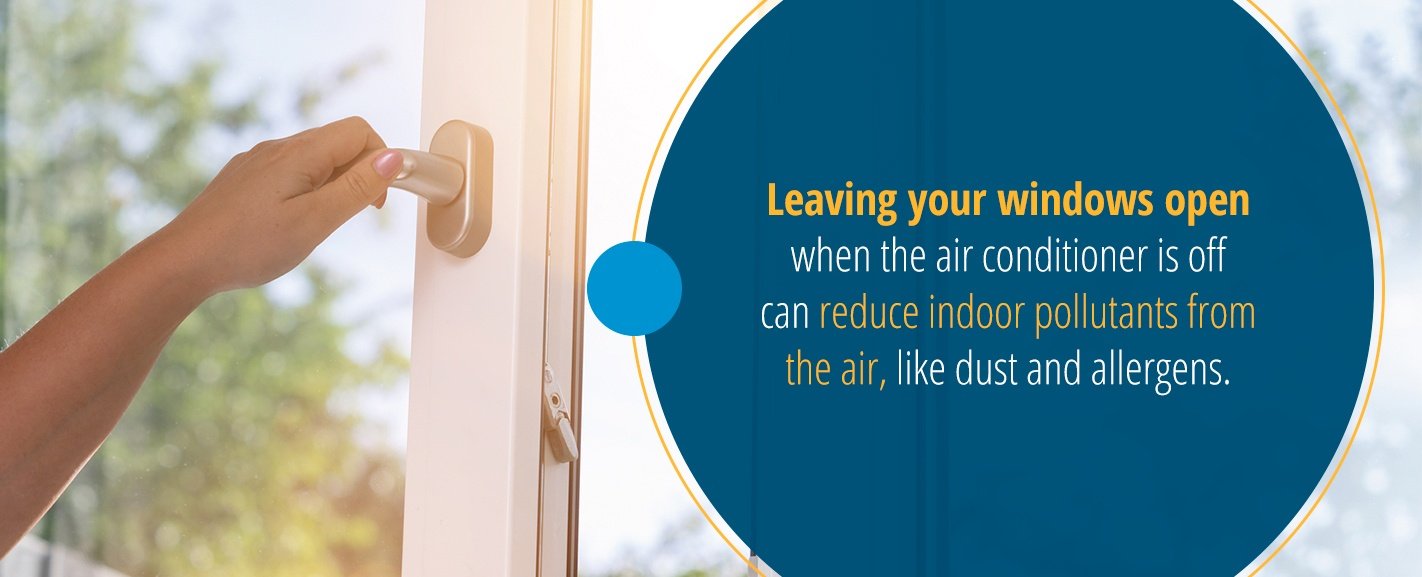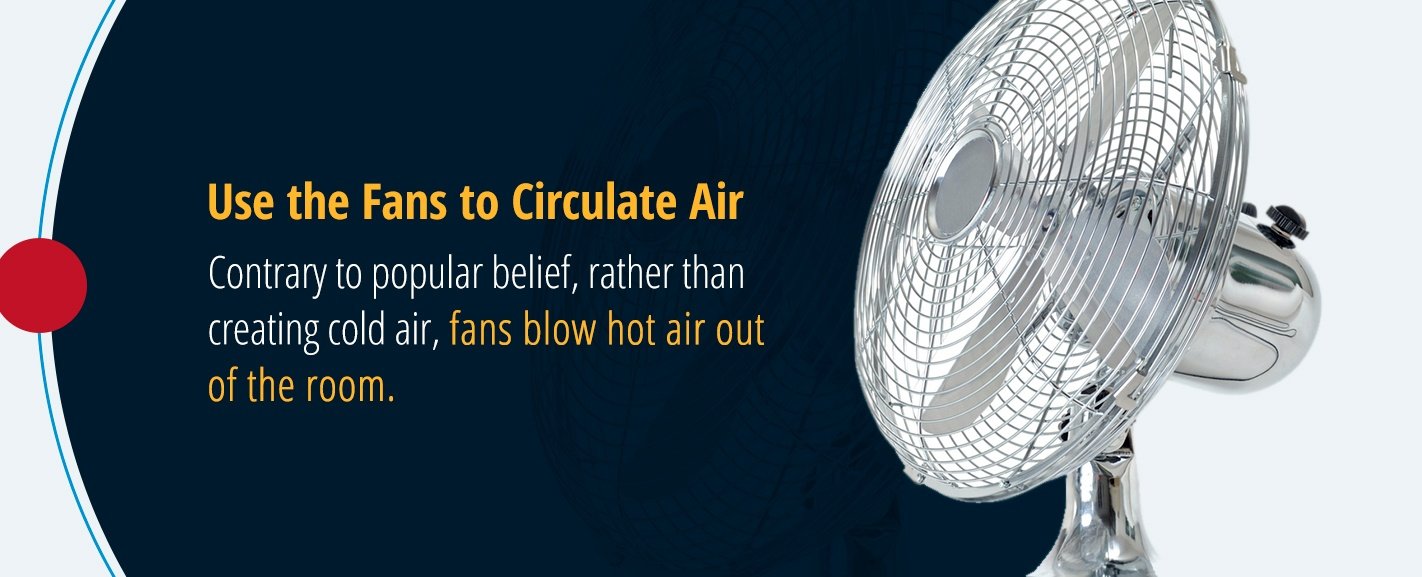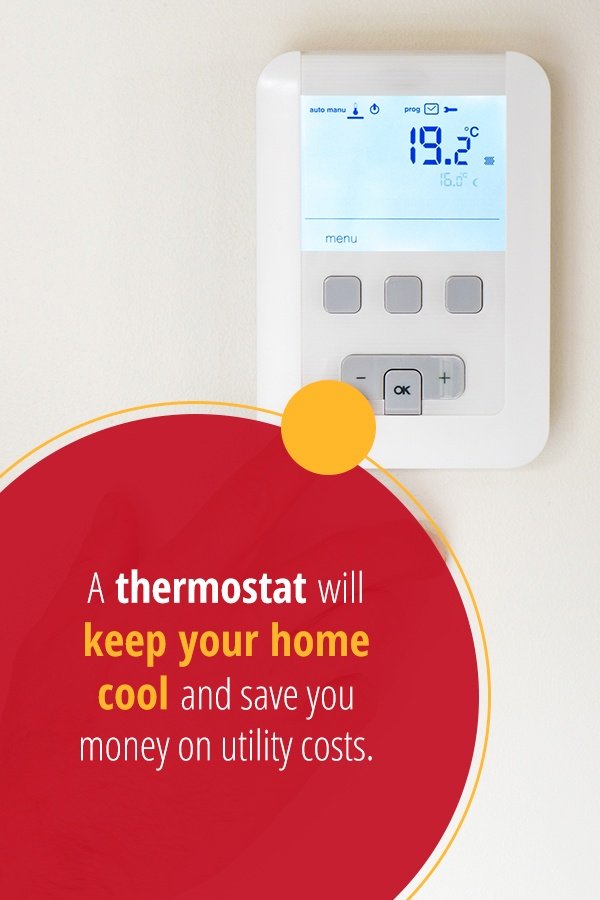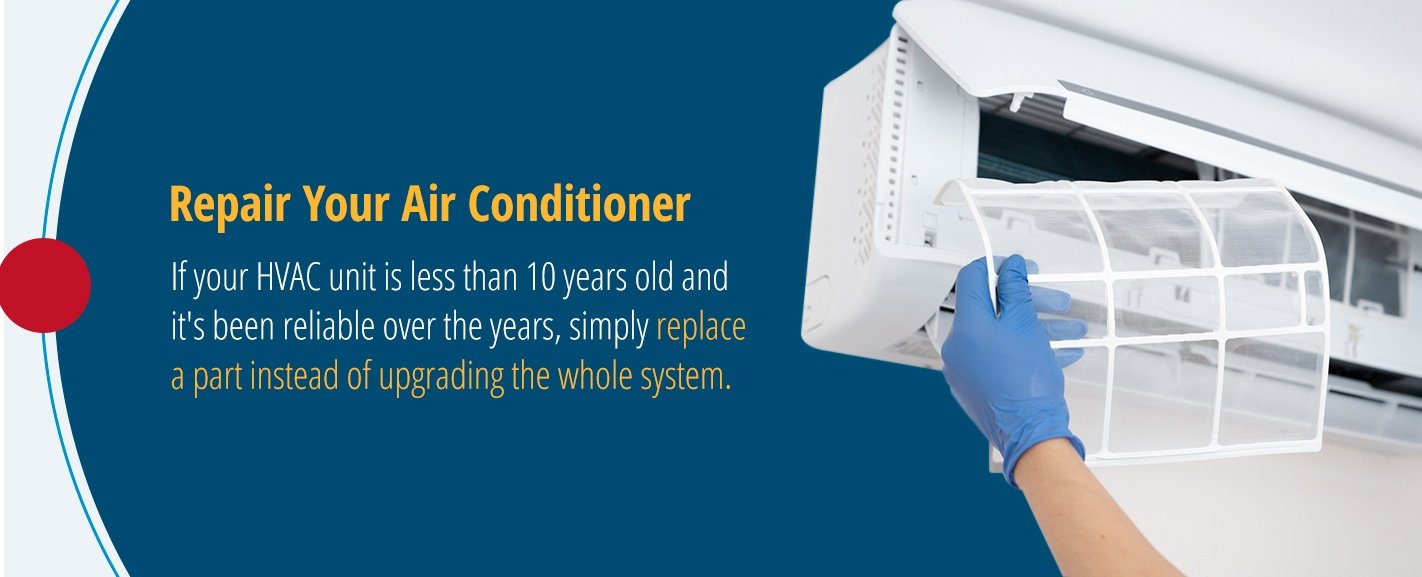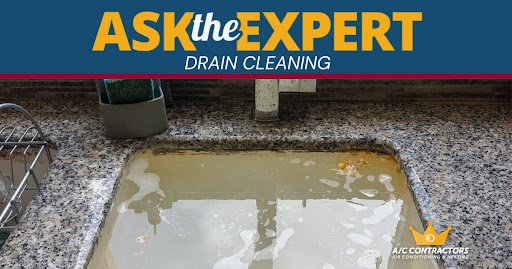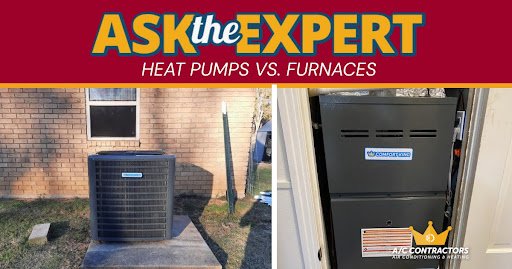In the brutal summer heat, you need a plan to keep your home comfortable. Besides having a high-quality air conditioner, your use of appliances and window treatments could also affect the temperature in your home. You can save money by naturally cooling down your living space to give your HVAC system a break.
Having enough ventilation in your living space will improve the health and safety of your family members. Provide a comfortable indoor temperature for your property by following these tips for how to keep your house cool in summer.
10 Ways to Keep Your House Cool in the Summer
Maintaining a comfortable temperature in your living space is possible with the right equipment and strategies. Here are some tips for decorating your home and using your appliances wisely.
1. Keep Sunlight Away From Your Windows
The light coming into your home through the windows could raise the temperature in your house. Consider the position of the sun and the shade around you to choose the right window treatments.
You could reflect the sunlight away from your property with:
- Curtains: Choose white or light-colored curtains to block out the sun and reflect heat away from the house.
- Blinds and shades: Close the blinds or roller shades during the sunniest parts of the day to keep your living space cool all summer. For rooms on the first floor, turn your blinds upward to control the direction of the sunlight.
- Reflective window film: Apply a heat-reducing film to your windows to keep the sunlight outside.
2. Open Your Windows
Cross-ventilation creates a flow of air throughout the whole house. Leaving your windows open when the air conditioner is off can reduce indoor pollutants from the air, like dust and allergens. You can regulate the airflow in your house by opening your windows:
- At both ends of the house: Leave your windows open to promote cross-ventilation throughout your property. This method uses exterior wind to force cool air into the building through one window and back out through the other.
- For short periods: If you only have a window on one side of a room in your living space, you could open it throughout the day to push the hot air out of the room and replace it with cool air.
- At night: Before you go to bed, turn off your air conditioner and crack open the windows to take advantage of the breeze outside. You should leave the screen closed so that no one tries to break into your property.
3. Control the Airflow With the Interior Doors
Whether you should close or open the doors in your house depends on the type of cooling unit you have. With central air conditioning, the interior walls and doors of your home could prevent the flow of cool air from one room to the other. On the other hand, you should keep the door closed if you’re using a wall or portable air conditioner.
- Central air conditioning: The vents of modern air conditioning systems need a balance between the warm air they’re consuming and the cold air they’re releasing. Your air conditioner will have to use more energy to cool down your house if you keep your doors closed while it’s running. Open the interior doors to create natural airflow throughout the whole home and to protect the integrity of your air conditioner.
- Window and portable air conditioners: A window air conditioner controls the temperature of one room or living area instead of your whole property. If you open the door, the air conditioner has to work harder to cool down the room. Close the doors if you’re using portable or window air conditioners so that you can contain the cold air in your living space.
4. Unplug Appliances or Electronics
As you use the cooking and entertainment equipment in your house, the energy needed to power them produces heat. You might not realize that these appliances and electric equipment create more work for your air conditioner:
- Light fixtures: The light bulbs throughout the lamps and ceiling lights in your house can make the room warmer. Turn off your lights when you’re not using them to keep your house cool and save money on electricity costs.
- Electronic devices: Items that plug into the wall can produce heat throughout the house. When you’re not using an electronic device, unplug it to make sure the atmosphere in your house stays comfortable.
- Washer and dryer: Since a washer and dryer use hot water and air to clean your clothes, you should avoid using them during the hottest part of the day. Hang your clothes out to dry in the breeze to save money that you would have spent on energy to power your dryer.
- Cooking appliances: The oven and stove can make and retain heat while you’re cooking. To combat the warmth, cook during cooler parts of the day or prepare your food on the grill outside.
5. Use the Fans to Circulate Air
Throughout the home, you may have several types of fans to regulate the temperature of your home. Contrary to popular belief, rather than creating cold air, fans blow hot air out of the room. You could use fans along with air conditioners to carry the air from one room to the other.
Control the direction and power of these fans to handle the airflow in your house:
- Floor fans: Position a floor fan in the entryway of the room so that the air conditioner from the other room can transfer cold air into that space.
- Whole-house fans: These fans keep your entire house cool and allow your AC unit to work more effectively. Seal the cracks and drafts in your living space to prevent warm air from coming into your house and slowing down the fan’s progress.
- Ceiling fans: The direction of the ceiling fan controls the flow of air throughout the room. Ceiling fans rotating counter-clockwise blow warm air away from the room toward the top of the house. Using ceiling fans along with your air conditioning unit could save you 4% on your energy bill, according to the U.S. Department of Energy.
- Box fans: Position box fans in your window facing outside so that they pull hot air away from the room.
- Exhaust fans: The exhaust fans in your bathroom and kitchen pull out excess steam from the room, and they pull heat from adjacent rooms, providing a comfortable temperature throughout the whole house.
6. Plant Trees to Create Natural Shade
While it may take several years to work, you can plant trees and other foliage in strategic places to provide natural shade for your house and protect it against the sun. Here are some of the benefits of using greenery around your house:
- Protect against the heat: Thick shrubs and trees cool your roof, windows and siding by slowing the transfer of heat into the house. Observe the position of the sun to figure out which parts of your house are most vulnerable to UV rays.
- Create shade: The type of tree you choose depends on how much shade you need. Consider the growth rate, the density and the shape of the foliage to figure out how much shade it would give your house. You should also consider the aesthetics of the plant to make sure it enhances the appearance of your yard space.
- Providing a breeze: When the air conditioner is off and you have your windows open, trees can regulate the airflow surrounding your house and bring a cool breeze into your living space.
7. Install a Programmable Thermostat
A thermostat will keep your home cool and save you money on utility costs. Using an app on your phone, you could adjust the temperature when you’re not home, so you don’t waste energy. As you’re on your way back to the house, you can set your ideal temperature so that it’s ready by the time you arrive.
You could enjoy all these advantages of a programmable thermostat in your living space:
- Comfort: With pre-programmed settings, you can adjust the temperature to produce a comfortable atmosphere throughout your living space. Whether you are asleep, awake or out of the house, you could have a cool, energy-efficient home without much effort.
- Savings: By investing in a programmable thermostat, you can save money cooling down your house. Your monthly energy costs will decrease by at least 10% each year just by turning up your thermostat a few degrees.
- Convenience: After you set the temperature on the thermostat, you can let it control the atmosphere of your home while you focus on your daily tasks. Both old and new cooling systems are compatible with a programmable thermostat, so you don’t have to upgrade your whole unit to take advantage of this convenient feature.
- Control: You could set the temperature of your thermostat from the device itself or an app on your phone. Create a schedule for your thermostat to adjust the temperature automatically at certain times of the day.
8. Clean Your Air Conditioning Unit
If your air conditioner isn’t blowing out cold air or produces odd smells, you could try cleaning it to restore its efficiency. Make sure you turn off the power to your AC unit before cleaning the indoor and outdoor components. While you clean your HVAC system, you can inspect it for loose wires or broken parts.
Follow these tips for cleaning your air conditioning unit:
- Clear the debris outside: Take away the bushes or branches around the outdoor condenser unit to prevent clogging.
- Vacuum and fix the fins: To remove buildup in your outdoor unit, vacuum the fins and spray them with a garden hose. If any of the fins are bent or crushed, you can carefully realign them with a thin instrument like a putty knife.
- Replace and clean your air filters: Replace your air filters in the indoor unit to prevent debris from coming into your vents. If you recently replaced them, you could clean them with a vacuum or a brush.
- Clean the blower compartment: Open up the blower compartment to your HVAC system, vacuum the dust and lubricate the motor with electric motor oil as needed.
9. Replace the AC Unit
You should have your AC checked before you turn it on for the season to make sure it’s in working order. Replacing your A/C unit could keep your home cool throughout the day by providing a reliable AC system and keeping humidity out of the house. You may need to replace your HVAC system if you notice any of the following problems:
- Old age: If your air conditioning system is more than 10 years old, you may need to get it replaced to save 20% on your energy costs.
- Humidity in the air: Besides cooling the atmosphere, the air conditioner is supposed to remove the excess moisture from the house. If the equipment is failing to do this, you’ll need to replace the AC unit.
- Frequent repairs: Instead of calling the HVAC technician to inspect and repair your broken AC unit, you should upgrade to a more reliable cooling system.
- Moisture around the unit: You might find condensation every once in a while, but a refrigerant leak could be dangerous to your family and your property. Contact an air conditioner technician if you hear a hissing noise coming from the machine or you see pools of liquid around it.
- Strange noises: If you hear grinding or rattling noises coming from the unit, you might have a serious issue like a failing motor.
- Wrong sizing: The air conditioner may be the wrong size for your house. If the unit is too big, it’ll keep shutting on and off all day. If it’s too small, it won’t effectively cool down the house. Upgrade to a cooling system that’s the right size for your living space.
10. Repair Your Air Conditioner
Instead of replacing it, you could repair the broken parts of your air conditioner. If your HVAC unit is less than 10 years old and it’s been reliable over the years, simply replace a part instead of upgrading the whole system.
Contact an HVAC professional if you see some of the common problems found in air conditioners:
- Clogged drains: Dirt, lint or dust could obstruct the drain line, especially in excessively humid weather.
- Blown fuses: If part of the air conditioner isn’t working correctly, it could blow a fuse in the house because it’s drawing too much power.
- Power failure: You could have corrosion on your wires or a broken fan or compressor if your air conditioner repeatedly turns on and off all day.
- Failed capacitors: The capacitors allow the air conditioning system to start up after it reaches the temperature set on the unit. These parts could fail if you live in a hot climate or the AC unit is the wrong size for your house.
- Worn-out evaporator coils: The evaporator coils transfer hot air out of the home and cold air into the home. You would know if you had problematic evaporator coils if heat blows out of the vents.
Keep Your Home Cool in the Summer With A/C Contractors
The Do-It-Right Guys at A/C Contractors in Longview and Tyler, TX, will install a brand-new AC unit in your house to keep your home cool in the summer. We also offer maintenance services if your AC system needs a quick tuneup. Contact A/C Contractors, your Comfort King, for a free estimate on the cooling system you need. You can fill out our contact form or call 903-759-4250 to get in touch today.[/vc_column_text][/vc_column][/vc_row]


